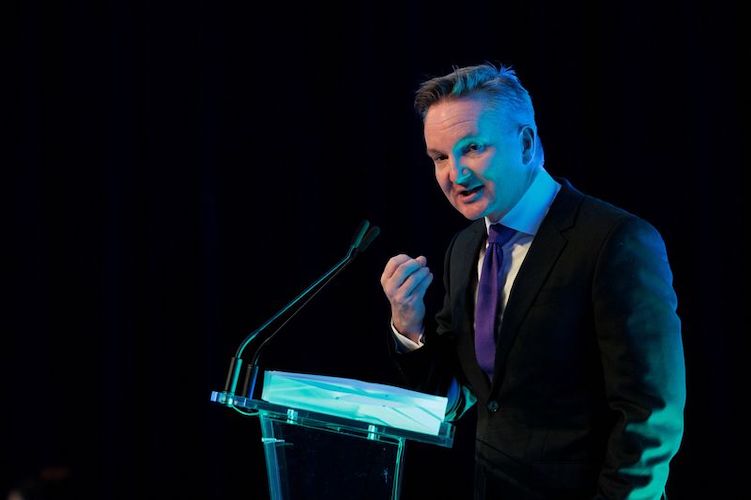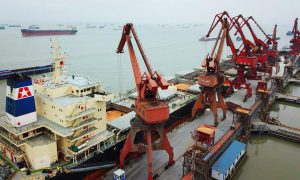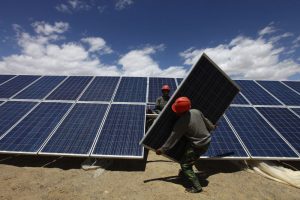Australia’s Labor government announced a plan on Tuesday to help the country’s biggest polluters slash their emissions by at least 30% by 2030.
The Albanese government said it would release A$600 million ($414 million) for “trade-exposed” industries, such as aluminium and liquefied natural gas to help them cut emissions.
The “safeguard mechanism” reform plan, which needs to be finalised before taking effect on July 1, is key to the government achieving its target to cut carbon emissions by 43% from 2005 levels by 2030 and achieve net zero emissions by 2050.
Tightening how much companies can emit before they are penalised was one of the government’s signature policies to reach a 43% emissions reduction from 2005 levels by 2030.
It says tightening the safeguard mechanism will eliminate an accumulated 200 million tonnes of carbon over the next seven years.
The emissions ceiling or “baseline” of each facility will now initially be determined individually, and lowered by 4.9% each year to 2030.
ALSO SEE:
Pfizer CEO Clarifies Details of Talks With China on Covid Drug
215 key polluters
“Reforms to the Safeguard will help create an effective, equitable and efficient trajectory to net zero,” Climate Change and Energy Minister Chris Bowen said in a statement.
The safeguard mechanism, in place since 2016, seeks to limit emissions from Australia’s biggest polluters – 215 oil, gas, mining and manufacturing facilities that annually emit more than 100,000 tonnes of carbon dioxide-equivalent (CO2-e).
Together they account for 28% of Australia’s carbon emissions. They are forecast to emit 143 million tonnes of CO2-e in the year to June 2023, and the government wants them to cut that to no more than 100 million tonnes of CO2-e by 2030.
That ensures they will deliver their proportional share of emissions cuts across the economy.
Based on six months of consultation, the government proposed to stick with the principle of setting baselines for each of the covered facilities based on emissions intensity, rather than actual emissions.
That means the allowed baseline for a plant’s emissions would rise or fall in line with increases or declines in a facility’s production.
Baselines will be site-specific initially then move towards industry average benchmarks by 2030, in line with calls from LNG exporters who said ways to help them slash emissions, such as using carbon capture and storage, will only be available later this decade.
Greens want ban on oil & gas projects
While the Albanese government has adopted a far stronger stance on climate change than the Morrison government, which lost power at the election last May, some critics say the new regime could do more.
Acting Greens leader Mehreen Faruqi said her party would use its position in the Senate to “push” Labor to stop opening new coal and gas projects.
“The more we let coal and gas off the hook, the more everyone else will have to do,” Senator Faruqi said. “Australian households and manufacturing shouldn’t be asked to do more just so coal and gas can keep on expanding.”
- Reuters with additional editing by Jim Pollard
ALSO SEE:
Corporate Climate Pledges Often Just Empty Slogans, UN Says
China Wants High-Tech Solutions for Climate Problems
China Seeks Better Adaptation to Climate Change As Risks Rise
Canberra Pours $740m into Low-Emissions Tech
























